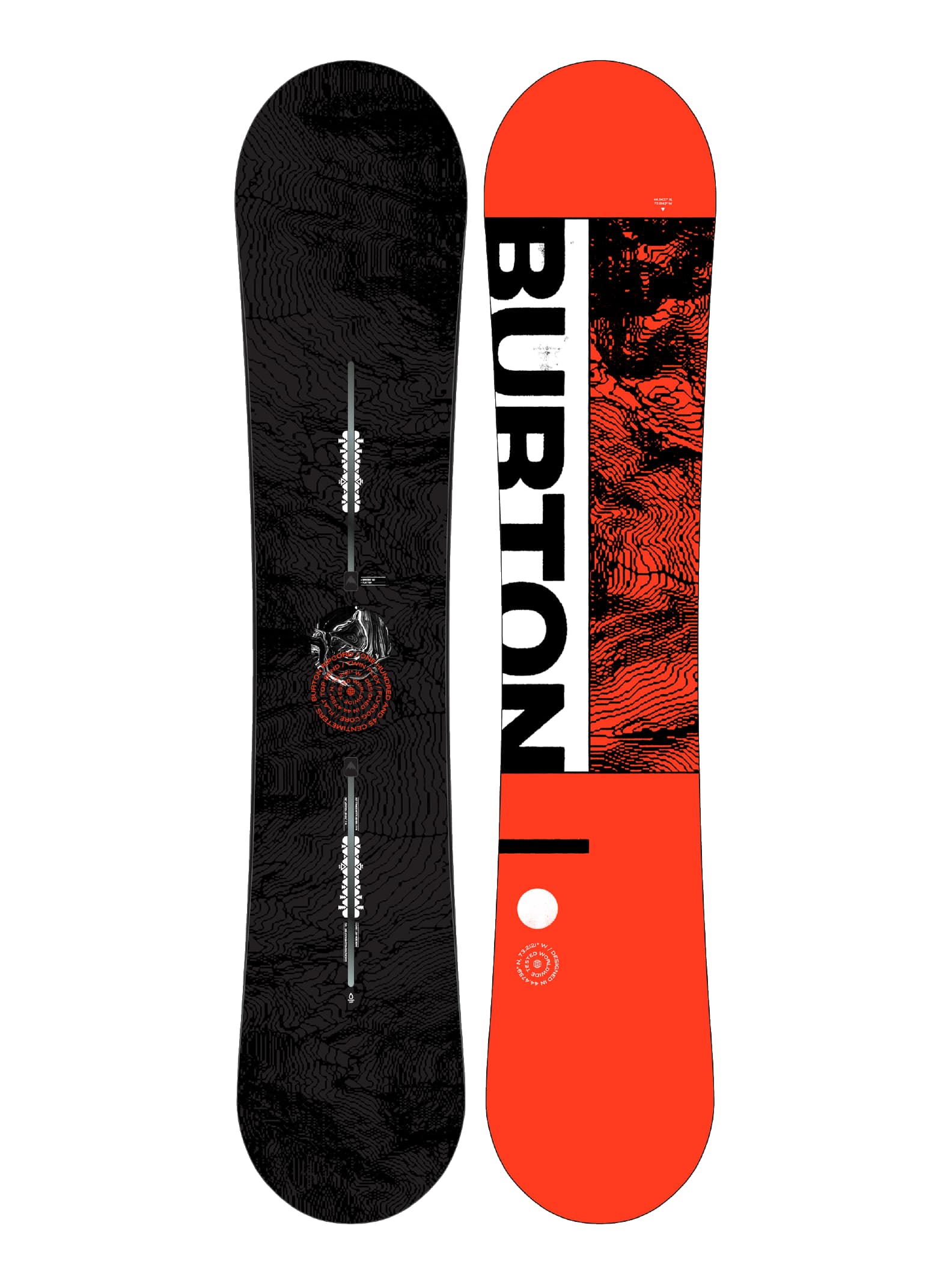

While the mark was different enough to still be a departure, it maintained the look of something that fit Burton’s image in a meaningful manner.

The introduction of the Arrow furthered that trend in a way that was consistent with the history of the brand. The Arrow’s clean shape allows for maximum visibility, to the point where it can be shown as a simple outline and still be easily identified.įor years Burton had been using a stylized letter B in countless different logos. Also, because of the bold design and simplicity of shape, when the Arrow is scaled up to a large size, it has even more impact.Īgain, considering the varying items that the logo could be placed on, as well as the potential different colors that it could be interacting with, it had to be recognizable no matter the situation. Burton’s logo is discernible on every item it’s placed on, no matter how small. This is another area where this mark excels. This, in turn, further reinforces its meaningfulness.ĭue to the wide variety of products it would be featured on, the logo had to appear clear regardless of size. By creating a mark based off of the letter B, Burton created something visual that still related to the company’s name. The simplicity and striking nature of the Arrow makes it easy to recall, even if you’ve only seen it once. Less elements means a higher rate of recognition. The more elements that make up a logo, the harder it becomes to remember. Anyone could communicate it to someone who had never seen it before, and they’d have a good idea of what it looked like based solely on that description. The design is easy to explain – a lower case B with an upturned arrow. What made this such a great fit came down to five key areas: Ten years later, it’s still a timeless icon.
#Burton snowboards with the cut fingers professional#
The logo itself was the perfect solution and a great example of professional logo design from a team as creative as all those daredevil snowboarders. The idea that was put into place was the ubiquitous Burton Arrow. The Rise of the Arrowīurton’s solution was to create a bold, iconic mark that would define the brand for years to come. Burton needed to capitalize on that momentum in a way that would build their brand. Snowboarding was already enjoying a rise in popularity following its introduction to the games in 1998 in Nagano, Japan and the company got a boost from their sponsorship of Bronze medal winner Ross Powers. With Salt Lake City hosting the Olympics in February, the sport and Burton would be on display. The 2001/2002 season was especially important to the business. A parent that saw a different logo in the store than the one on the poster in their child’s room could cost the company a sale. In a lot of cases, this meant Burton was dependent on parents to buy them – parents who weren’t necessarily the educated consumers that their children were. As a lifestyle brand, certain products were geared to younger people. While this method no doubt appealed to Burton, their apparent change for the sake of change could appear confusing and indecisive to the outside world. Their constant re-branding enabled them to look like they weren’t content to sit still, that they were growing and changing, while reflecting the progressive, boundary-pushing nature of snowboarding itself and the riders that made up its core.

Take a look at this Burton logo history:īurton would go long stretches, especially in the mid 1990s to early 2000s, where they would redesign or discard multiple logos every year. With sales estimated to be in the neighborhood of $700 million, they easily are the largest and most recognized snowboard brand in the world. They sit atop the multi-billion dollar snowboard equipment and apparel industry – an industry which they practically invented. Hood, it was conceivable to dig a 12-foot deep pipe that would have consistent transitions running the entire length and perfectly flat decks.Since starting out in 1977 in a borrowed wood shop in Stratton, Vermont, Burton Snowboards has had no fewer than 100 logos or brandmarks. But with the insane amount of snow on Mt. The rest of the pipe was usually ignored. Heavily sessioned “Highways” developed on take offs that launched riders into the few good landing zones. Uneven walls with inconsistent transitions from top-to-bottom held riders back and limited halfpipes true potential. Inverted airs were still banned in ISF world cup pipe competition and the progression of halfpipe riding had stalled. With limited resources, snowboarders had never been able to plow up enough snow to make anything bigger. 5-years later, state of the art pipes were still only 6-to-8 feet tall. It was a rough-cut pipe with highways and no decks but the vision had been born. The first-ever halfpipe contest had been hosted by Tom Sims and held at the 1983 World Championships in Soda Springs, California.


 0 kommentar(er)
0 kommentar(er)
